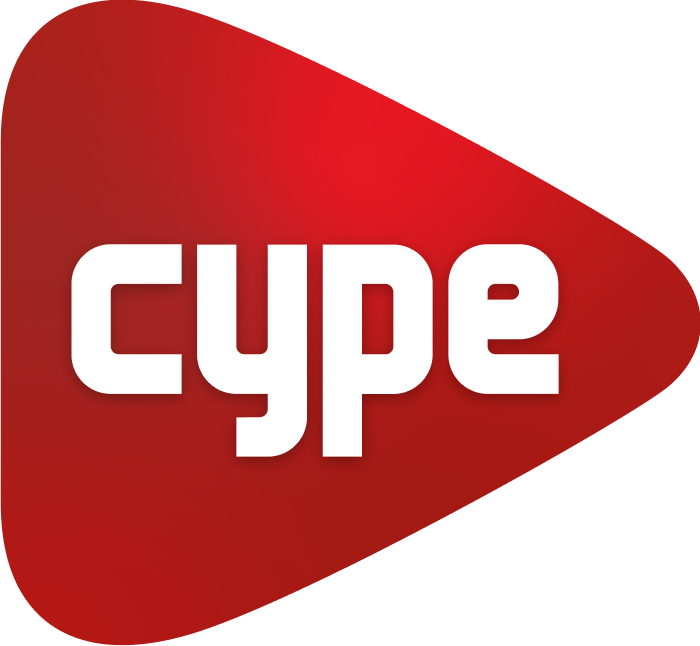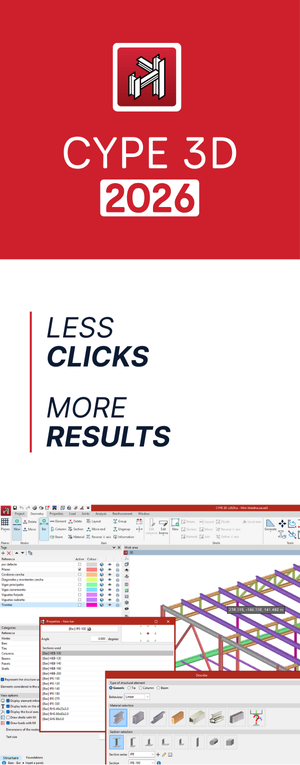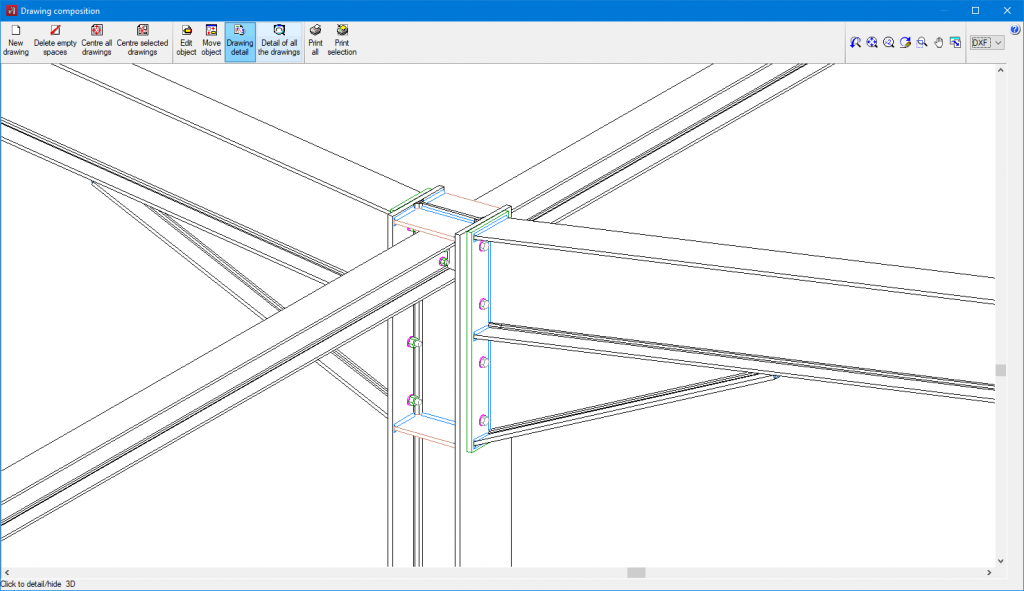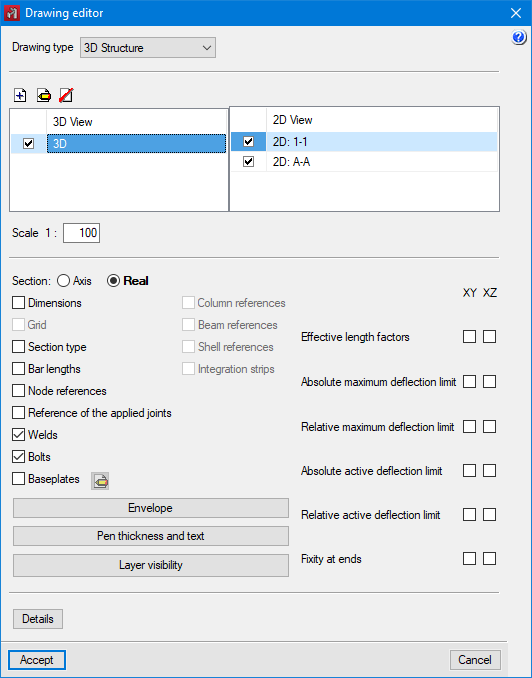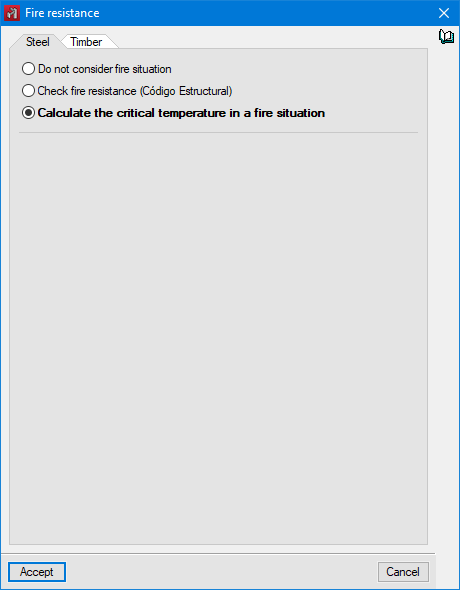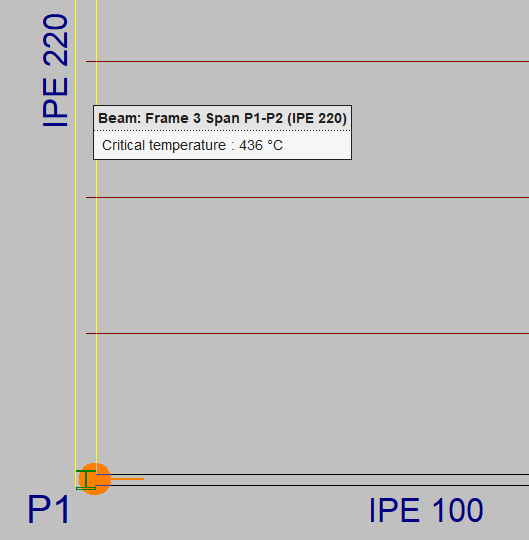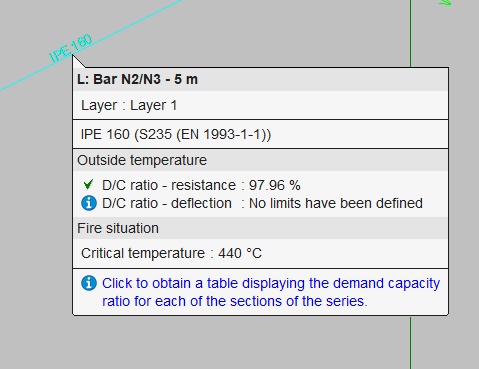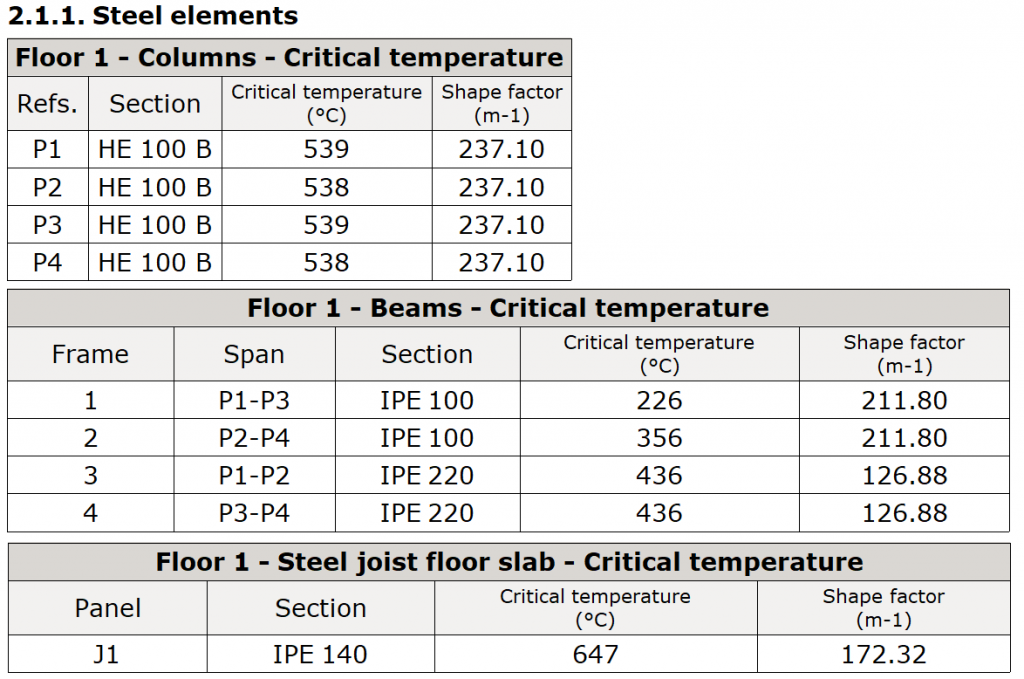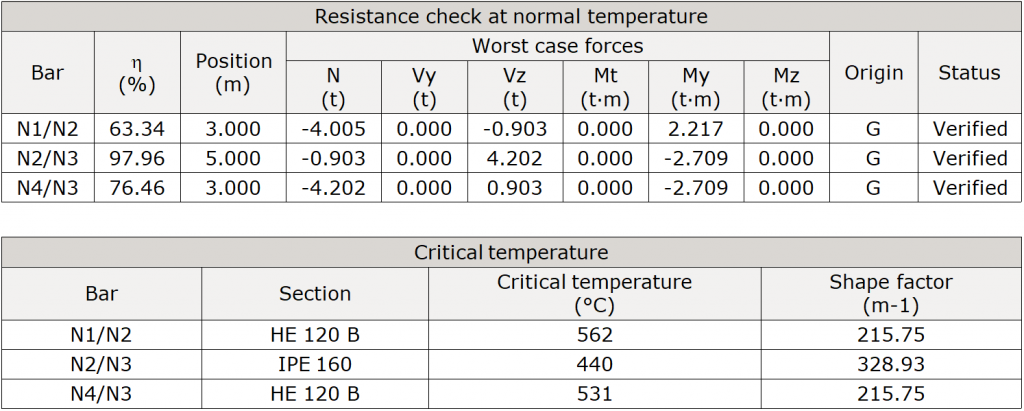In version 2022.e, "Channel with stiffened web" type cold formed steel sections have been included for beams and columns (CYPECAD) and for bars (CYPE 3D) when the selected standard is BS 5950-5:1998.
Update history
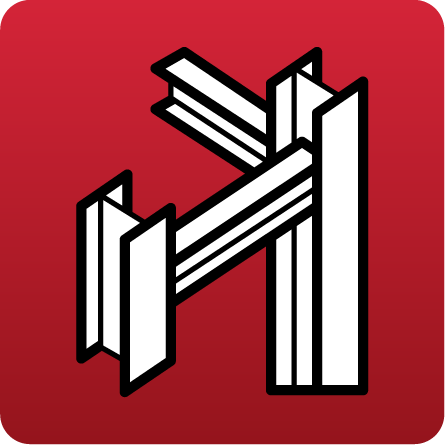
CYPE 3D
"Channel with stiffened web" type in BS 5950-5:1998 cold formed steel sections
- Published on
- 2022.e
Spanish structural code "Código Estructural"
"Código Estructural (Real Decreto 470/2021)".
Implemented in CYPECAD and CYPE 3D for analysing and checking composite concrete and steel columns.
In previous versions, it was already implemented for analysing, designing or checking other structural elements:
- For analysing and designing concrete structures (v.2022.c) in:
- CYPECAD
- CYPE 3D
- Reinforced concrete cantilever walls
- Embedded retaining walls
- For analysing and checking steel connections (v.2022.c) in:
- CYPE Connect
- StruBIM Steel
- For analysing and designing steel structures (v.2022.d) in:
- CYPECAD
- CYPE 3D
- Published on
- 2022.e
General improvements
Version 2022.h of CYPE software is a closing version of version 2022.
In addition to the new features and improvements that are explicitly outlined in each version of CYPE software, process optimisation involving internal improvements to our programs is normally included. All programs are systematically checked during each revision, and improvements are made to improve their performance. As a result, we advise our users to always update their version to the latest revision (in this case, v.2022), regardless of whether or not new features in version 2022.h are explicitly mentioned for the program they are using, the country for which they are using CYPE software or the language in which it is installed.
- Published on
- 2022.h
Improved drawing generation
In this version, the generation of structural drawings with an actual profile has been improved. The new implemented technique (multithreading) has reduced generation time by up to 90% (depending on the configuration of your computer) and also increases the robustness of the generation process.
- Published on
- 2022.g
Implementation. PN-EN 1993-1-8:2006/NA:2011 (Poland)
The Polish National Annex to Eurocode 3 ("Design of steel structures - Part 1-8: Design of joints") for the design of joints in steel structures has been implemented into the following programs:
- CYPE 3D
- CYPE Connect Classic
- Published on
- 2022.g
Implementing Spanish code "Código Estructural"
Spanish code "Código estructural" (Real Decreto 470/2021) has been implemented for analysing and designing rolled and built-up section steel structures in CYPECAD and CYPE 3D.
In the previous version (2022.c), it was already implemented in CYPECAD, CYPE 3D, Reinforced concrete cantilever walls, and Embedded retaining walls, for analysing and designing concrete structures; and in CYPE Connect Steel and StruBIM Steel for designing and checking steel connections.
- Published on
- 2022.d
Implementation. PN-EN 1993-1-1:2006/NA:2010 (Poland)
Polish National Annex to Eurocode 3 (Design of steel structures - Part 1-1: General rules and rules for buildings).
Implemented in CYPECAD and CYPE 3D.
- Published on
- 2022.f
Implementation. NTC-DCEA 2020 (Ciudad de México)
"Normas Técnicas Complementarias Para Diseño y Construcción de Estructuras de Acero (Ciudad de México, 2020)".
Implemented in CYPECAD and CYPE 3D.
- Published on
- 2022.f
Implementation. PN-EN 1993-1-3:2008/NA:2010 (Poland)
Polish National Annex to Eurocode 3 (Design of steel structures - Part 1-3: General rules - Supplementary rules for cold-formed members and sheeting).
Implemented in CYPECAD and CYPE 3D.
- Published on
- 2022.f
Units of the stress scale in contour plots
In contour plots, the values of the stress scale are displayed in kp/cm2 for the MKS system.
- Published on
- 2022.f
Critical temperature
As of version 2022.f, CYPECAD and CYPE 3D allow the critical temperature of steel sections to be obtained for fire situations. The value of the temperature that each section must reach for collapse to occur is calculated by means of an iterative procedure, taking into account the combinations established by the code selected for the fire situation as well as the mechanical properties of the steel at elevated temperatures.
The results can be checked on screen, or in a summary table that includes the critical temperature and the shape factor corresponding to each of the structure's sections. This facilitates the use of catalogues of manufacturers of intumescent paint in order to obtain the thickness necessary to ensure that the load bearing capacity of the structure is maintained for the time required by the applicable fire code.
Since the critical temperature value of a section depends on the demand capacity ratio or demand factor of the section, this new feature is an excellent tool for optimising the total cost of the structure including its passive protection for the required fire resistance time.
- Published on
- 2022.f
Spanish structural code "Código Estructural"
"Código Estructural (Real Decreto 470/2021)".
Implemented in CYPECAD and CYPE 3D, for analysing and designing steel structures.
In the previous version (2022.c), this was already implemented in CYPECAD, CYPE 3D, Reinforced concrete cantilever walls, and Embedded retaining walls, for analysing and designing concrete structures; and in CYPE Connect Steel and StruBIM Steel for analysing and checking steel connections.
- Published on
- 2022.d
